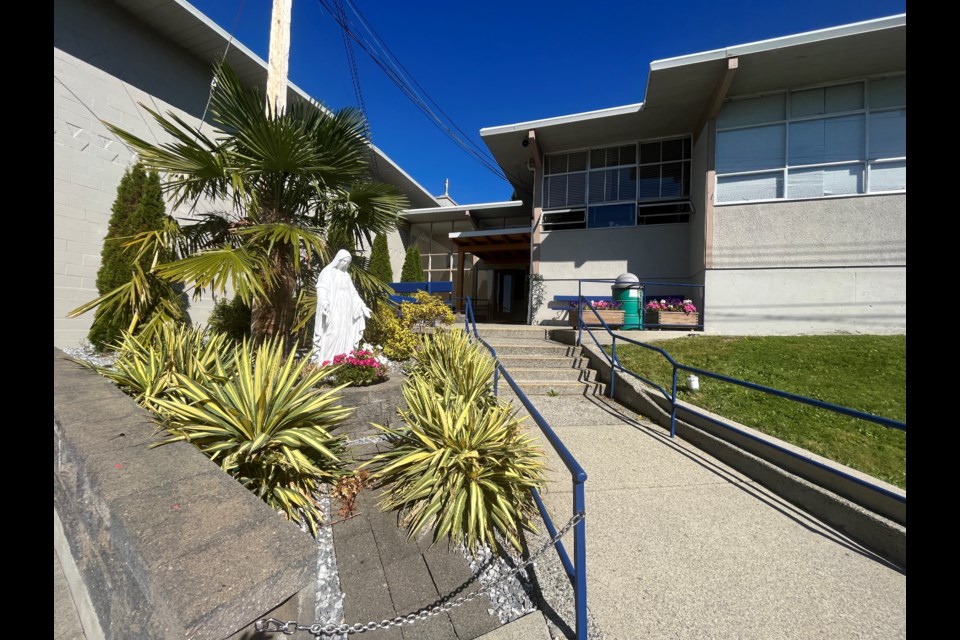Assumption School, located on Glacier Street in Powell River, recently had seismic upgrades completed to its school building in order to make the building safer for students and staff in the event of an earthquake.
The west coast of BC is on a fault line which is predicted to eventually create a major earthquake and tsunami, coined as "The Big One." Schools in BC are particularly vulnerable due to many being built before the current understanding of earthquake awareness and safety.
For years now, the BC government has funded the Seismic Mitigation Program for public schools, in order to make buildings safer if/when an earthquake occurs. However, independent schools such as Assumption receive no funding for building upgrades and maintenance, according to classroom and learning support teacher Angela Bennett.
"This was a voluntary project as we value student and staff safety highly," said Bennett. "There were a couple of major pieces that happened such as stabilization of the hallway, and the main corridor, as well as some bracing of the sidewalls of the classrooms as well for stability."
The east-facing classrooms all have exterior exit doors that had to be stabilized and infilled, added Bennett.
Assumption principal Lisa Berg said the process to get the job done took around two years, with economic support from the parish.
"It was the official church edict, of the archbishop, that all of the Catholic schools in the archdiocese make seismic upgrading a priority within their schools," added Berg.
The school was built around 1960, and people at the time were not thinking of a Cascadia Fault subduction event that could happen.
In 2022, the Peak reported that Assumption had a seismic sensor installed in the school’s computer network by the University of British Columbia (UBC) earthquake engineering research facility. The equipment monitors seismic activity, providing early warnings for earthquake activity throughout the province.
"We have a siren in the school hallway and I believe it gives us about an extra minute before an earthquake hits," said Berg. "I've been here once when [the siren] went off, but I didn't feel it; I guess the sensor detected something."
In 2016, a sensor was buried in the Assumption playing field and is part of a network established by UBC to monitor seismic activity, and which gives the school real time feedback should the ground start to shake. Contractors Hanson Land and Sea did the work but they also had help from volunteers.
"We did have a team of parish volunteers [help out] with certain skill sets," said Bennett. "We had Isadore Hawryluk on our team, who also owns a construction company in town, and Frank Nadalini, a structural engineer, who was crucial, because he was the one who came up with all of the planning and what pieces were essential."
Bennett said the advice given by the structural engineer was to add stability to the exterior of the building and remove some windows.
This year the Great BC ShakeOut happens on October 17 at 10:17 am. Every school district takes part in this drill, in order to practice and prepare for "The Big One."
According to the provincial government, the most at-risk regions of BC are along the west coast, where the threat of a destructive tsunami is also very real. Information on how to prepare for an earthquake can be found by entering “earthquake” in the search bar at gov.bc.ca.
Join the Peak’s email list for the top headlines right in your inbox Monday to Friday.




